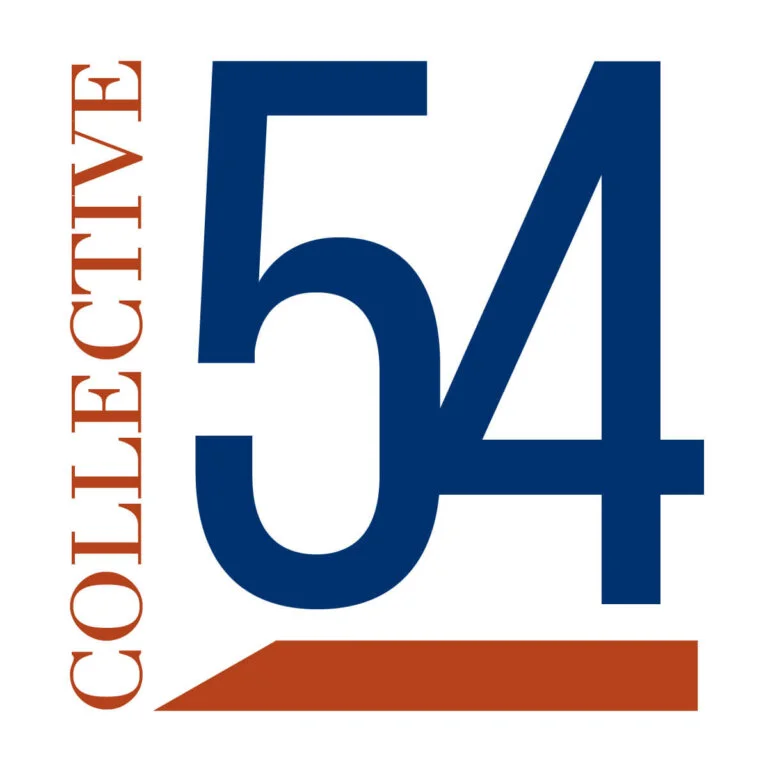|
Getting your Trinity Audio player ready... |
You’ve Locked the Budget — Now What? Turn a Journey-First Plan into a Budget that Wins in 2026

In May, I argued that 2026 growth planning has to start journey-first—not budget-first. Map how buyers actually discover, evaluate, and choose you; then align teams and targets to that reality.
By September, most firms have the numbers approved. That’s progress—but it’s not victory. The next mistake I see: locking budgets without a clear line of sight to where dollars change the journey and how we’ll know it’s working by Q1.
If Part 1 was “plan via the journey,” Part 2 is “fund the journey.” Here’s how to allocate spend with confidence, especially in an AI-mediated discovery world where SXO (Search Experience Optimization) and AIO (AI Optimization) determine whether your brand shows up credibly—or disappears.
Step 1: Run a Journey-to-Budget Assessment (JBA) before you spend a dollar
You wouldn’t invest without a pro forma. Don’t allocate without a JBA.
What to assess (fast):
- Discovery health (SXO): Where and how do buyers actually find you today—Google, YouTube, Reddit, LinkedIn, TikTok, ChatGPT, Perplexity? Are you visible, credible, and consistent across those surfaces?
- Consideration clarity: Do you answer real questions (pricing, proof, risk) with content that ranks, gets cited by LLMs, and arms sellers?
- Conversion friction: Forms, offers, demos, handoffs—where do they stall? What’s the fix worth?
- Retention & expansion: Are post-sale experiences creating advocates or apathy?
Deliverable: a one-page scorecard with red/yellow/green across Discover → Consider → Convert → Expand, plus a prioritized list of “$10 fixes” and “$100 bets” tied to revenue impact.
Journey-first means budget-smart: you fund friction removal where it will compound.
Step 2: Allocate with a 70/20/10 model—mapped to the journey
Stop spreading peanut butter. Anchor each bucket to a journey stage and a specific outcome.
70% Protect & Scale (proven engines)
- Discover: Always-on SXO content + technical visibility; brand entities structured for LLMs.
- Consider: Buyer-led content (comparisons, ROI, referenceable proof) aligned to your top 3 personas.
- Convert: CRO fixes, demo flows, pricing clarity, sales enablement that mirrors website truths.
20% Prove What’s Next (innovation)
- AI pilots: AIO to structure data/FAQs so LLMs cite you; agent-assist tools for sellers; intent-based orchestration across channels.
- New motions: Product-led trials, community, or category programs that shorten time-to-trust.
10% Stay Agile (market moves)
- Hold back capital for competitive shocks, platform changes, or a breakout message that deserves immediate fuel.
Attach a KPI to each line item (e.g., “Discovery: % of target queries where our content is the cited source in AI answers,” “Convert: Demo-to-close rate + time-to-proposal”). If it has no measurable outcome, it’s not budget-ready.
Step 3: Fund SXO + AIO like they’re table stakes (because they are)
Discovery is now fragmented and AI-mediated. Traditional SEO alone won’t carry you.
SXO (Search Experience Optimization):
- Entity & topic architecture: Make your brand, products, and proof legible to search engines and LLMs.
- Multi-surface presence: Format content for Google, YouTube, Reddit, LinkedIn, TikTok, and your own site. Meet customers where discovery actually happens.
- Proof systems: Reviews, case studies, benchmark data, and third-party citations that LLMs trust and reuse.
AIO (AI Optimization):
- LLM-ready content: Clear, structured answers to buyer questions with sources, stats, and definitions that AI can ingest and cite.
- Knowledge routing: Surface canonical answers via schema, FAQs, and docs; reduce contradicting copy across surfaces.
- Agent enablement: Give sellers AI-assisted prep (account briefs, objection handling) generated from your validated knowledge.
Budget these as infrastructure, not campaigns. You’re building “findability and credibility” that compounds across every channel.
Step 4: Turn the budget into an operating plan (owners, cadences, and proofs)
Budgets don’t create growth—execution does. Translate dollars into the way the team operates.
Make it work:
- Quarterly OKRs by journey stage:
- Discover: “Be cited in AI answers for 25 priority intents by Q1.”
- Consider: “Ship 6 buyer guides that lift mid-funnel engagement 30%.”
- Convert: “Cut demo-to-proposal from 14 to 9 days.”
- Named owners + weekly rituals: One accountable leader per stage; a 30-minute weekly “Journey Health” to unblock work across Marketing, Sales, RevOps, and CX.
- Instrumentation: Dashboards that tie spend → stage KPI → revenue. If Finance can’t see it, it didn’t happen.
Step 5: Ship a 90-day “Budget to Impact” plan (so Q1 produces signal)
Lock in a short horizon with unambiguous deliverables:
Days 0–30
- JBA scorecard and redline fixes (top 10 friction points).
- SXO/AIO backlog prioritized by revenue proximity (what moves pipeline fastest).
Days 31–60
- Ship the first 3 “LLM-ready” content clusters (intent → answer → proof → CTA).
- CRO fixes on the highest-leak pages and your top conversion flow.
Days 61–90
- Launch 1–2 AI-assisted seller workflows; publish buyer-led comparisons and ROI tools.
- Reallocate 10% of media/content budget to the winners; kill or pause the bottom 10%.
If your Q1 calendar isn’t prefilled with these deliverables, you don’t have an operating plan—you have a number.
What this looks like when it works
- A brand shifts from siloed SEO to SXO + AIO, becomes the cited source in AI answers for category terms, and sees qualified inbound jump while paid CAC falls.
- A pro-services firm remaps the journey, fixes mid-funnel proof gaps, and cuts sales cycle time by ~30%—without adding new headcount.
- Both now invest with confidence because budget lines are tied to stage KPIs and reviewed every 30 days.
Close the loop
If Part 1 (May) was “Rethink planning via the journey,” Part 2 (September) is “Fund the journey with SXO + AIO and an operating cadence that proves impact fast.”
Part 3 (January) will be “Execute for success: the weekly and monthly rhythms that turn plans into pipeline.”
If your 2026 budget is locked but the “how” still feels fuzzy, start with a 2-week Journey-to-Budget Assessment. You’ll know exactly where dollars remove friction, where they create advantage, and how to measure the impact by March.
